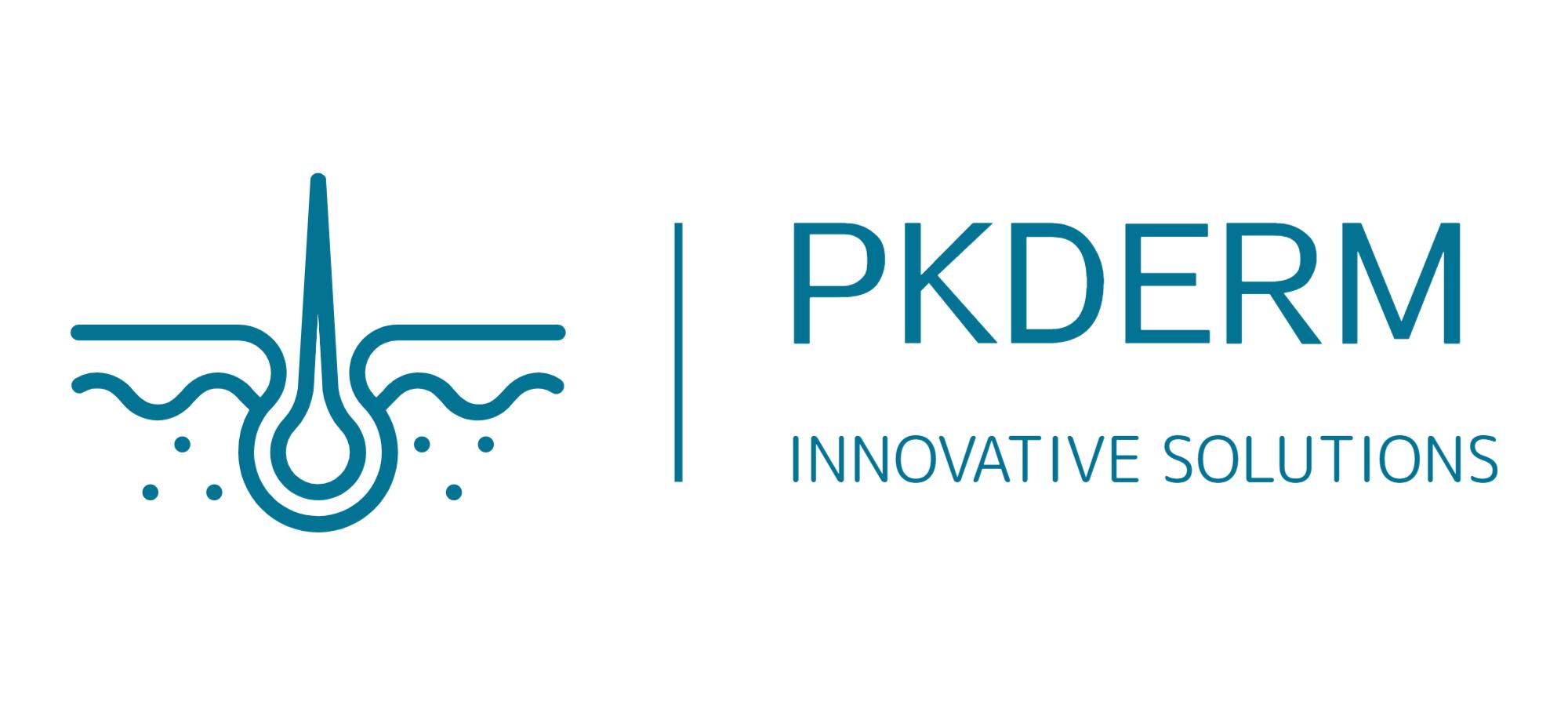OpenTox Virtual Conference 2021 Session 2
Predictions of toxicity of polar and nonpolar narcotic chemical mixtures using QSAR
Mainak Chatterjee and Kunal Roy*
Drug Theoretics and Cheminformatics Laboratory, Department of Pharmaceutical Technology, Jadavpur University, Kolkata 700032, India.
Every day we are exposed to different chemicals of emerging concern through various products of domestic use, agricultural products, food products, industrial chemicals, and also through polluted water and air. These chemicals are present in the environment as a near-infinite number of chemical mixtures derived from numerous sources. Combined exposure to multiple chemicals can lead to adverse effects on human health or the ecosystem, even if single substances in the mixtures are below their individual safety thresholds. However, the current safety assessment protocols are primarily based on understanding the potential risk posed by single substances rather than their "real life" combinations; thus their potential combination effects might be overlooked. Risk assessment of chemical mixtures is a complex, laborious, and costly process due to the unending number of possible combinations. However, it has been an attractive domain of research for the scientific communities in the last 2 decades. To avoid ethical complications and other complexities, in silico techniques are now used for mixture’s risk assessment. In the present study, quantitative structure-activity relationship (QSAR) models have been developed for the prediction of toxicity of mixtures of common polar and non-polar narcotic chemicals. The models have been developed using the pEC50 values (against Photobacterium phosphoreum) of 84 chemical mixtures as the endpoint. Only 2D structural invariants were used to derive the mixture descriptors in this study. We have employed the “Intelligent Consensus Predictor” tool available from http://teqip.jdvu.ac.in/QSAR_Tools/DTCLab/ with eight selected partial least squares (PLS) regression models based on their validation metric scores. It has been found out that an Intelligent Consensus model with external predictive variance (Q2F1) value 0.88 is the winner model which predicts the toxicity better than the individual models. Various descriptors such as- MLOGP2, SsNH2, N%, X5sol, B03[O-Cl], B05[O-Cl], T(N..Cl) are identified as important descriptors indicating the importance of the features like hydrophobicity, hydrogen bonding, polarity, and solvation parameters for mixture toxicity in this study. The developed models are able to efficiently predict the toxicity of polar mixtures, non-polar mixtures, and the combination of both also. Therefore, these models can be used for the risk assessment, prioritization, and data gap filling of polar and non-polar chemical mixtures.
CV: Dr. Kunal Roy is Professor & Head of the Department of Pharmaceutical Technology, Jadavpur University, Kolkata, India (https://sites.google.com/site/kunalroyindia). He has been a recipient of the Commonwealth Academic Staff Fellowship (University of Manchester, 2007) and Marie Curie International Incoming Fellowship (University of Manchester, 2013) and was a former visiting scientist of Istituto di Ricerche Farmacologiche "Mario Negri" IRCCS, Milano. Italy. The field of his research interest is Quantitative Structure-Activity Relationship (QSAR) and Molecular Modeling with application in Drug Design, Property Modeling, and Predictive Ecotoxicology. Dr. Roy has published more than 300 research articles (ORCID: http://orcid.org/0000-0003-4486-8074) in refereed journals (current SCOPUS h index 45; total citations till date 10310). He has also co-authored two QSAR related books (with Academic Press and Springer Nature), edited six QSAR books (Springer Nature, Academic Press, and IGI Global), and published more than ten book chapters. Dr. Roy is the Co-Editor-in-Chief of Molecular Diversity (Springer Nature) and Editor-in-Chief of the International Journal of Quantitative Structure-Property Relationships (IGI Global). Dr. Roy serves on the Editorial Boards of several international journals Prof. Roy has been the recipient of several awards including the AICTE Career Award (2003-04), DST Fast Track Scheme for Young Scientists (2005), Bioorganic and Medicinal Chemistry Most Cited Paper 2003-2006, 2004-2007, and 2006-2009 Awards from Elsevier, The Netherlands, Bioorganic and Medicinal Chemistry Letters Most Cited Paper 2006-2009 Award from Elsevier, The Netherlands, etc. Prof. Roy has recently been placed in the list of Top 2% science-wide author database of the world (World rank 81 in the subfield of Medicinal & Biomolecular Chemistry) (https://doi.org/10.1371/journal.pbio.3000918).


